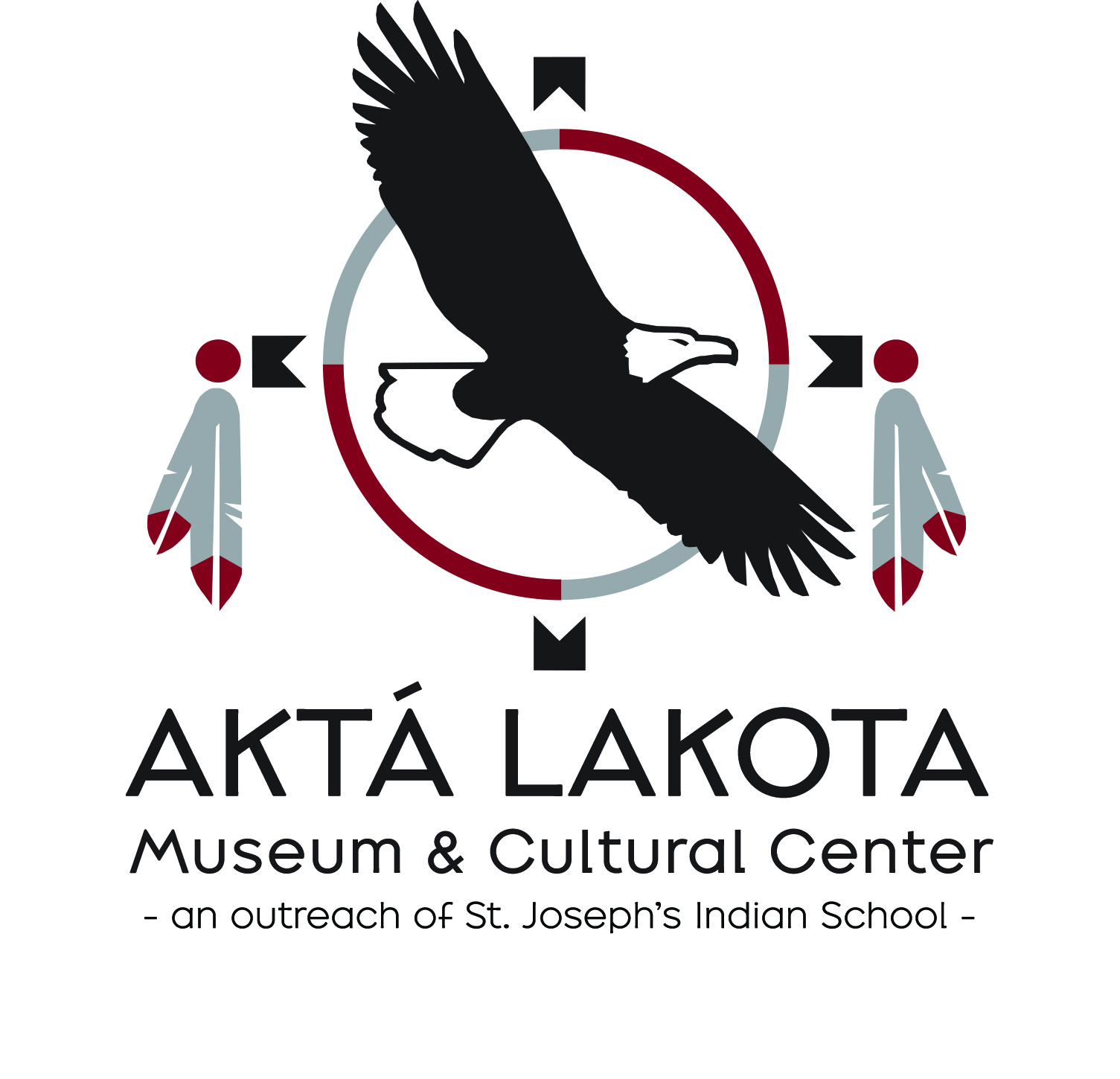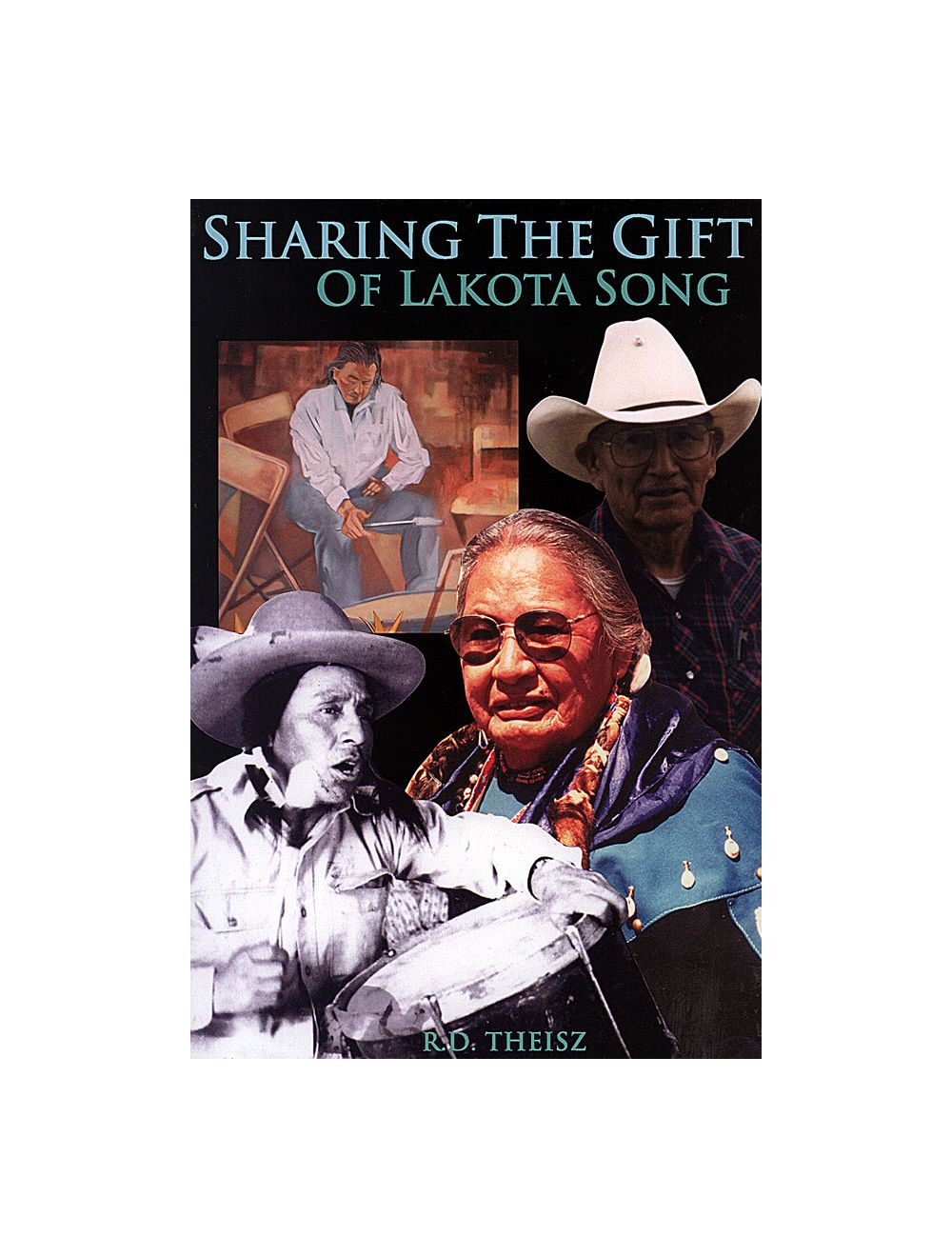Sharing the Gift of the Lakota
$22.95
Availability:
Out of stock
SKU
99475103
Sharing the Gift of Lakota Song
Author: R. D. Theisz
This groundbreaking music teachers guide was written in response to requests from teachers for assistance in introducing Native American music in general and Lakota music in particular into school music curriculums. The inclusion of numerous and sometimes lengthy commentary by well known Lakota singers will also make the book of interest to readers interested in the history of Lakota traditions, contemporary Lakota culture, Lakota secular music, traditional Lakota humor, musicology and ethnomusicology, traditional Lakota dream & vision interpretation, traditional Lakota storytelling as a teaching methodology, and the Orff-Schulwerk approach to music education.
45 color and 9 black and white photographs of historic and contemporary Lakota singers and drum groups, various contemporary Lakota singing venues, contemporary Lakota and Plains Indian dancers and dance costumes, selected traditional Lakota musical instruments and articles of traditional Lakota apparel are included in the book.
The fundamentals of Lakota music theory and Lakota singing practice are clearly described in plain language to aid beginning students. In addition, the importance of honoring Lakota cultural norms relating to performance of sacred and secular music is emphasized and discussed in detail. Comparisons with western musical theory and practice and specific teaching methods for instructors wishing to introduce Lakota music to students accustomed to western musical styles are also provided.
A 77 minute CD, inserted in a plastic sleeve attached to the inside of the back cover of the book, contains examples, 19 songs in all, of all the contemporary Lakota social music genres discussed in the book. Also found on the CD are a discussion of traditional flutes and their role in Lakota musical tradition and two lengthy narratives by Calvin Jumping Bull and Nellie Two Bulls, well known Lakota singers.
These narratives describe the process by which each of them became singers in addition to discussing the functions and duties of traditional singers in contemporary Lakota society, all interspersed with songs appropriate to particular elements in each narrative. Mrs. Two Bulls also gives a charming recitation of the double-woman dream/vision she experienced as a child that led to her receiving the gift of song.
The Lakota words to each song, with English translations with an explanation of how and when each song is used, are provided within the covers of Sharing the Gift. The student or interested reader will be able to see the Lakota words and hear them spoken by native Lakota speakers. In addition, the English translations are available within the book to aid learning each song and understanding how and when it is used.
A general Lakota Pronunciation Guide and a Glossary and Pronunciation Guide to Lakota Musical Terms are also provided to assist the student.
Writing with the insight of an insider who is both a credentialed scholar and an accomplished singer, and who has been a participant in these traditions for over four decades, Dr. Theisz has in this unique teacher?s guide managed with unusual grace the challenging task of keeping himself in the background while letting Lakota singers describe Lakota traditonal music and explain it?s importance and function in contemporary Lakota society in their own words. His efforts at laying out the fundamentals of Lakota singing practice and Lakota musical theory in plain language and in cultural context will make Lakota music in particular, and Plains Indian music in general, far more accessible to students and to the general public than they have previously been. Even experienced Lakota singers may find things of interest in this book.
Product Details
Paperback: 108 pages
Publisher: Dog Soldier Press; Book and CD edition (December 2003)
Dimensions: 6 x 0.25 x 8.75 inches ISBN: 978-0971865822
Author: R. D. Theisz
This groundbreaking music teachers guide was written in response to requests from teachers for assistance in introducing Native American music in general and Lakota music in particular into school music curriculums. The inclusion of numerous and sometimes lengthy commentary by well known Lakota singers will also make the book of interest to readers interested in the history of Lakota traditions, contemporary Lakota culture, Lakota secular music, traditional Lakota humor, musicology and ethnomusicology, traditional Lakota dream & vision interpretation, traditional Lakota storytelling as a teaching methodology, and the Orff-Schulwerk approach to music education.
45 color and 9 black and white photographs of historic and contemporary Lakota singers and drum groups, various contemporary Lakota singing venues, contemporary Lakota and Plains Indian dancers and dance costumes, selected traditional Lakota musical instruments and articles of traditional Lakota apparel are included in the book.
The fundamentals of Lakota music theory and Lakota singing practice are clearly described in plain language to aid beginning students. In addition, the importance of honoring Lakota cultural norms relating to performance of sacred and secular music is emphasized and discussed in detail. Comparisons with western musical theory and practice and specific teaching methods for instructors wishing to introduce Lakota music to students accustomed to western musical styles are also provided.
A 77 minute CD, inserted in a plastic sleeve attached to the inside of the back cover of the book, contains examples, 19 songs in all, of all the contemporary Lakota social music genres discussed in the book. Also found on the CD are a discussion of traditional flutes and their role in Lakota musical tradition and two lengthy narratives by Calvin Jumping Bull and Nellie Two Bulls, well known Lakota singers.
These narratives describe the process by which each of them became singers in addition to discussing the functions and duties of traditional singers in contemporary Lakota society, all interspersed with songs appropriate to particular elements in each narrative. Mrs. Two Bulls also gives a charming recitation of the double-woman dream/vision she experienced as a child that led to her receiving the gift of song.
The Lakota words to each song, with English translations with an explanation of how and when each song is used, are provided within the covers of Sharing the Gift. The student or interested reader will be able to see the Lakota words and hear them spoken by native Lakota speakers. In addition, the English translations are available within the book to aid learning each song and understanding how and when it is used.
A general Lakota Pronunciation Guide and a Glossary and Pronunciation Guide to Lakota Musical Terms are also provided to assist the student.
Writing with the insight of an insider who is both a credentialed scholar and an accomplished singer, and who has been a participant in these traditions for over four decades, Dr. Theisz has in this unique teacher?s guide managed with unusual grace the challenging task of keeping himself in the background while letting Lakota singers describe Lakota traditonal music and explain it?s importance and function in contemporary Lakota society in their own words. His efforts at laying out the fundamentals of Lakota singing practice and Lakota musical theory in plain language and in cultural context will make Lakota music in particular, and Plains Indian music in general, far more accessible to students and to the general public than they have previously been. Even experienced Lakota singers may find things of interest in this book.
Product Details
Paperback: 108 pages
Publisher: Dog Soldier Press; Book and CD edition (December 2003)
Dimensions: 6 x 0.25 x 8.75 inches ISBN: 978-0971865822
Write Your Own Review





